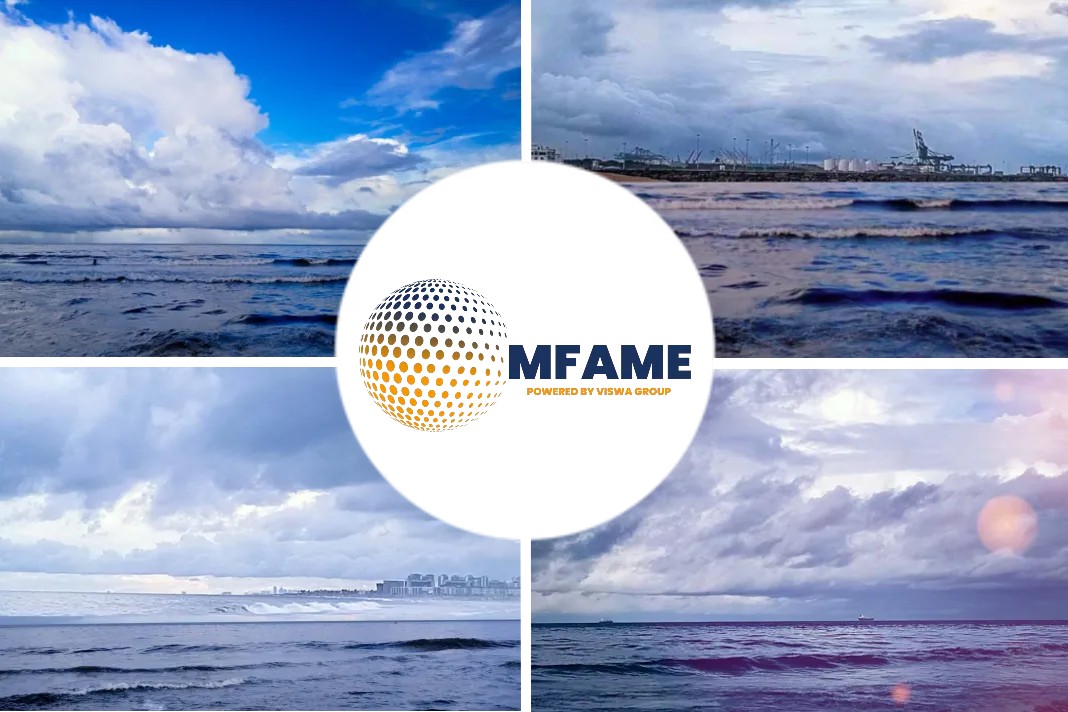- IMO has made its compendium of data structures available as a tool for software developers to create systems for exchanging data electronically.
- This aims to facilitate the streamlining of the many administrative procedures necessary when ships enter or leave port.
- The IMO Compendium is a reference manual containing data sets and the structure and relationships between them.
- This will enable the IMO Member States to harmonize the information needed to fulfill the mandatory obligation.
According to an article published in The Maritime-Executive, the IMO has made its compendium of data structures available as a tool for software developers to create systems for exchanging data electronically.
Streamlining of administrative procedures
The aim is to facilitate the streamlining of the many administrative procedures necessary when ships enter or leave port.
The IMO Compendium is a reference manual containing data sets and the structure and relationships between them that will enable IMO Member States to harmonize the information needed to fulfil the mandatory obligation (in place since April 2019 through the Facilitation of International Maritime Traffic (FAL) Convention) for the reporting formalities for ships, cargo and people onboard international shipping.
Standards and recommendation practices
In its Annex, the FAL Convention contains standards and recommended practices and rules for simplifying formalities, documentary requirements and procedures on ships’ arrival, stay and departure. Since April 2019, the FAL Convention makes it mandatory for ships and ports to exchange FAL data electronically and encourages the use of the single window concept in which all the agencies and authorities involved exchange data via a single point of contact.
Improving efficiency and facilitate data exchange
Ideally, this helps make cross-border trade simpler and the logistics chain more efficient for the more than 10 billion tons of goods which are traded by sea annually across the globe.
The IMO is not the only organization dealing with electronic data exchange in maritime transport, but the World Customs Organization, the United Nations Economic Commission for Europe and the International Standards Organization have aligned their own data structures with the IMO Compendium to promote harmonization.
Did you subscribe to our daily newsletter?
It’s Free! Click here to Subscribe!
Source: The MaritimeExecutive
















